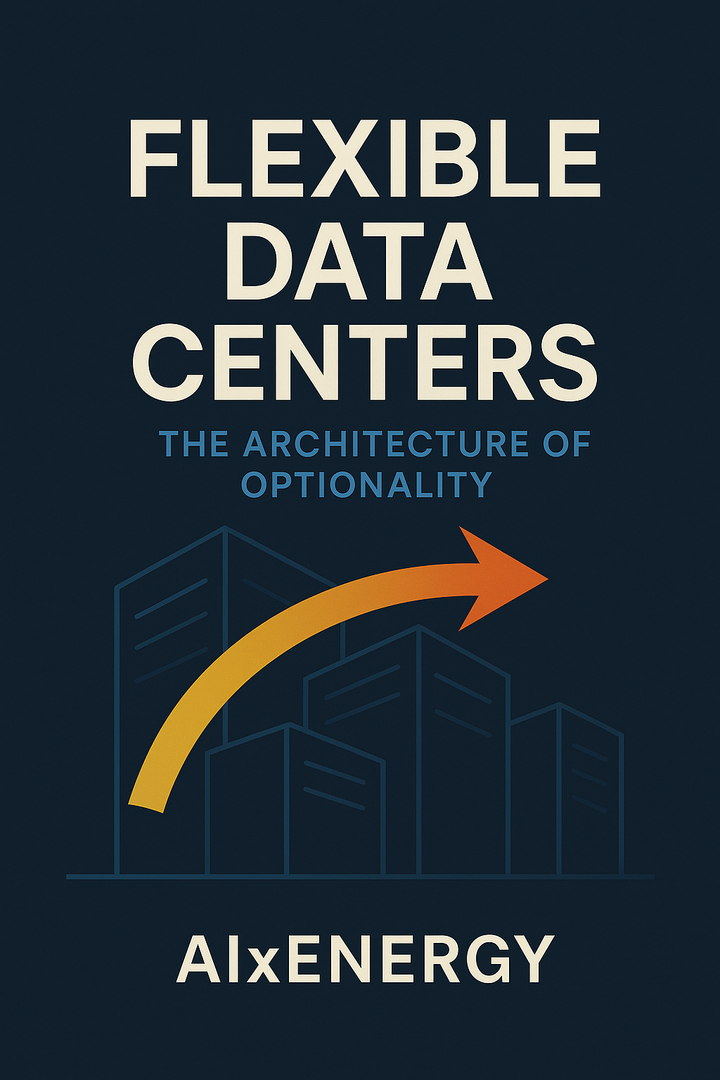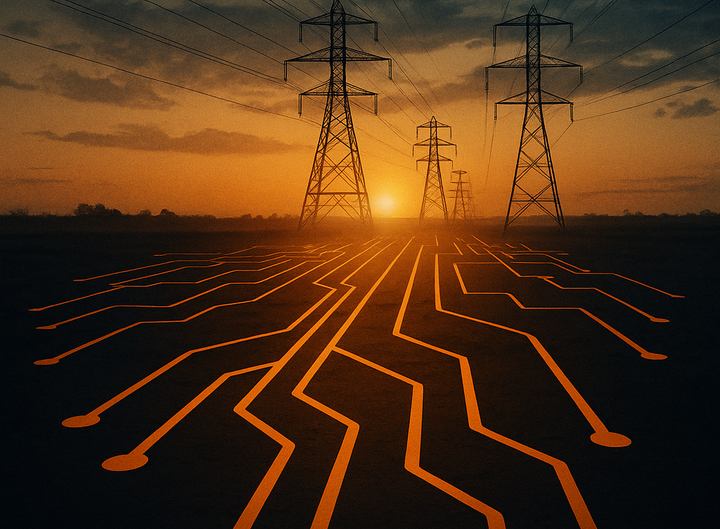Artificial Intelligence and U.S. Electricity Demand: Trends and Outlook to 2040
AI is driving a surge in U.S. electricity demand, led by hyperscale data centers and cloud computing. By 2040, AI-related loads could double national power use. Utilities must adapt grid planning, clean energy deployment, and policy to align AI growth with decarbonization goals.



